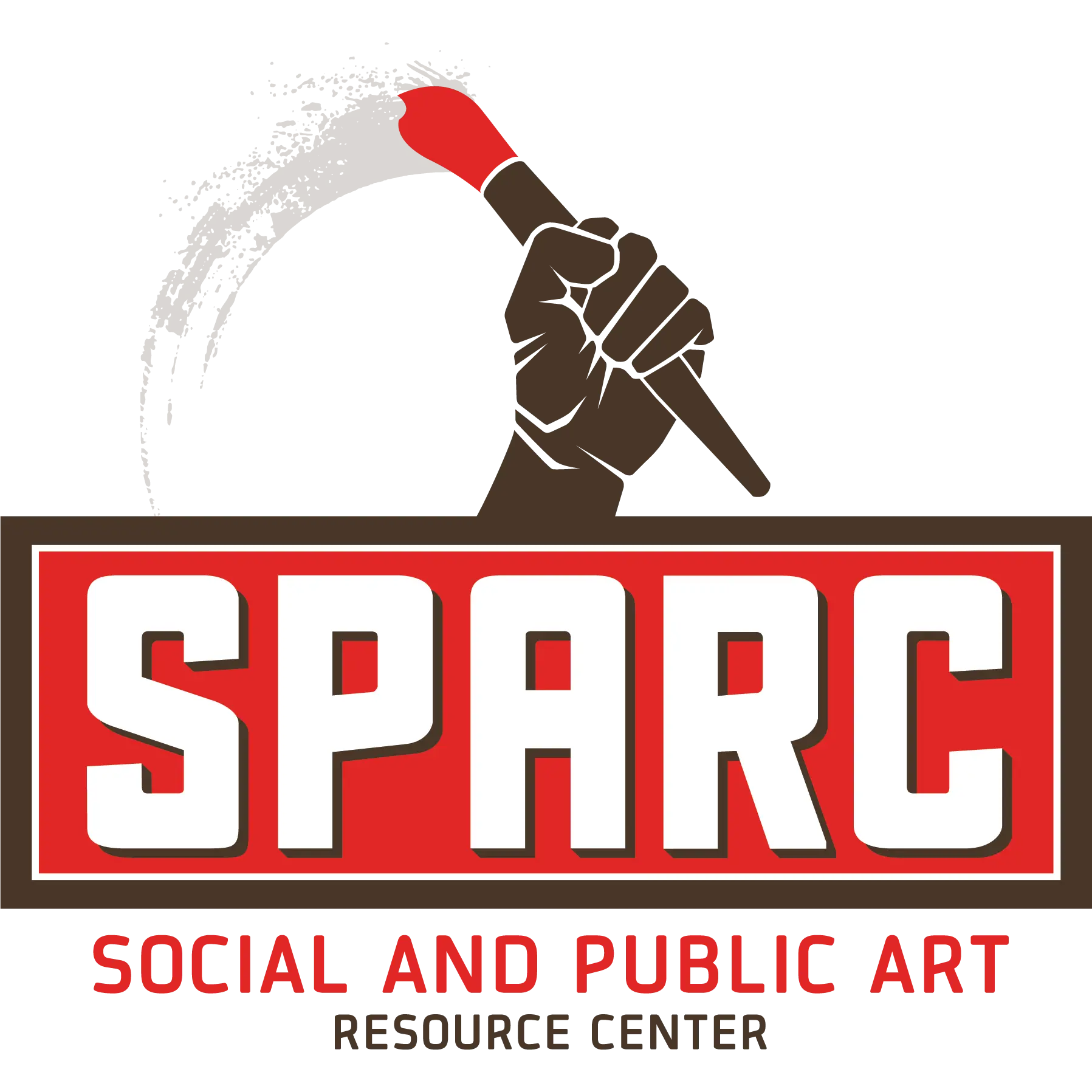[Exhibition] The 1970s: A Decade of Defiance and Dreams
September 1, 2025 - December 31, 2025
Free
The 1970s marked a pivotal decade of resistance, reckoning, and reimagining in the United States, and this segment of the Great Wall of Los Angeles captures the heartbeat of its most urgent movements. We begin with the Native American occupation of Alcatraz in 1969, a bold reclamation of land and identity that reignited Indigenous activism and set the stage for the standoff at Wounded Knee in 1973. These moments echoed across the prisons of America, where political prisoners like George Jackson and the Soledad Brothers used letters to defy erasure and demand justice. Angela Davis—once placed on the FBI’s Most Wanted list—embodied the era’s radical resistance to state violence. Meanwhile, Chicano protestors marched in the 1970 Chicano Moratorium against the Vietnam War, only to witness the brutal murder of journalist Rubén Salazar by law enforcement. These interconnected uprisings reverberated across campuses from San Fernando Valley State College to Kent State, where students faced down police and National Guard bullets in the name of peace and civil rights.
As Marvin Gaye’s “What’s Going On” gave voice to a generation mourning its war dead and protesting systemic injustice, new waves of artists and activists were rising. From the cultural resilience of refugee communities to the emergence of Asian American muralists, art became a vehicle for testimony and transformation. In San Francisco, Harvey Milk’s election marked a historic step forward for LGBTQ+ representation, while Roe v. Wade (1973) symbolized a fleeting legal acknowledgment of women’s bodily autonomy—one that would come under siege again nearly 50 years later. In the community of East Los Angeles, cultural centers like Self Help Graphics emerged as crucibles of Chicano identity, fusing community, creativity, and resistance. It was within this crucible that The Great Wall of Los Angeles was born, under the leadership of artist Judy Baca, transforming the Tujunga Wash into a living chronicle of the people’s history—a counter-narrative to erasure and neglect.
This mural segment also reveals the deeper structural shifts of the era. As white flight drained resources from urban communities and public schools, the inner city bore the compounded weight of abandonment and disinvestment. Yet, amid the cracks, movements blossomed. The election of Tom Bradley as Los Angeles’ first Black mayor in 1973 symbolized a turning tide, while the 1971 Sylmar earthquake laid bare the vulnerabilities of working-class neighborhoods. Rachel Carson’s Silent Spring cast a long shadow over the decade, as its revelations about environmental destruction by big oil found haunting relevance in the poisoned waters and toxic air of Los Angeles. This chapter of the Wall is both mirror and megaphone—bearing witness to the pain, the protest, and the power of a people rising to shape their own future.


